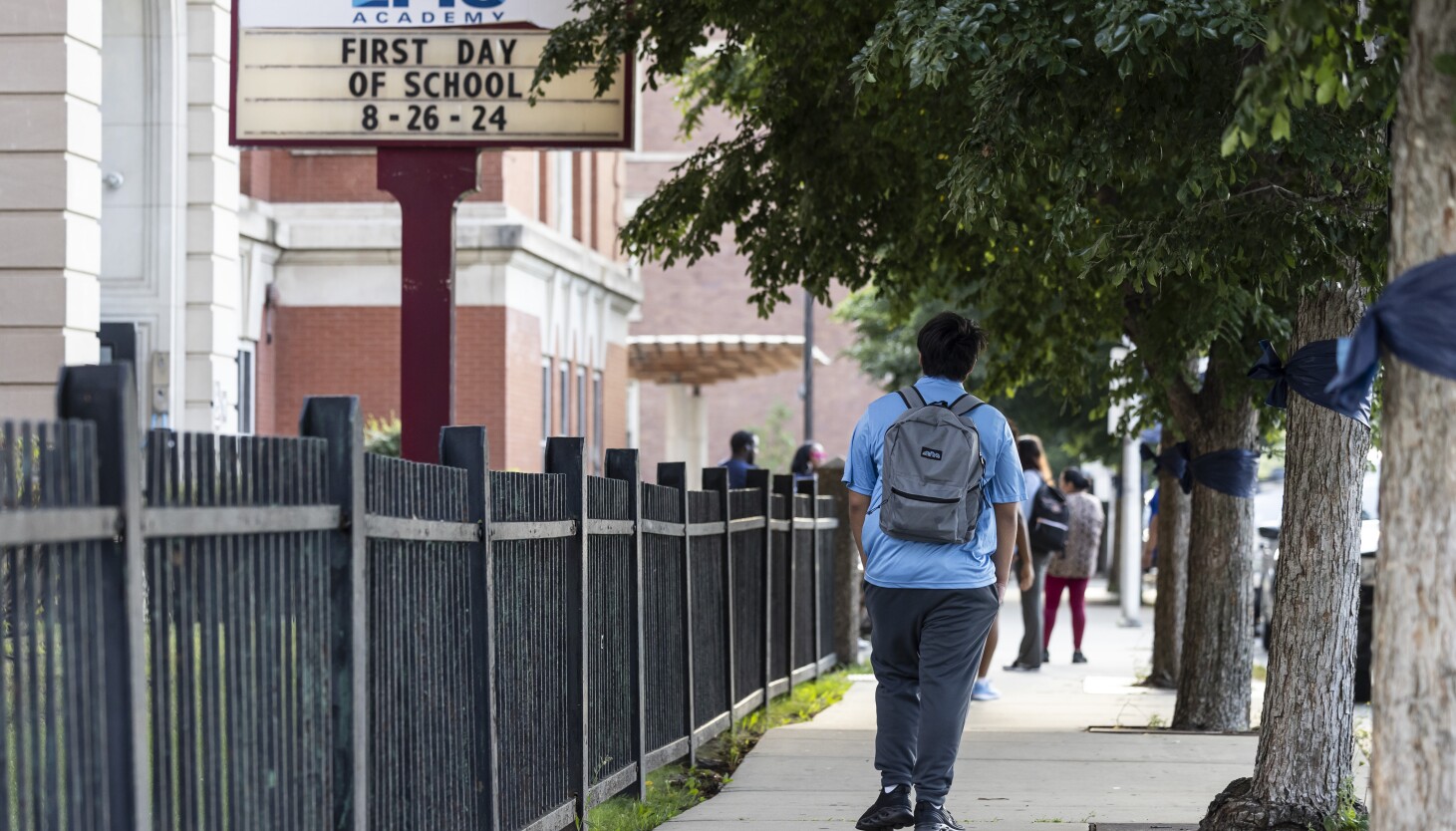If a theme emerged from the recent Democratic National Convention, it was that the country and the Democratic Party need to carry their work forward. It’s essential to emphasize that all of us, especially younger generations, have a role to play. We heard presidential nominee Kamala Harris and Michelle and Barack Obama all say that we have to move beyond fretting about what’s ahead and “do something.” They emphasized that moving beyond concern and taking action — becoming civically engaged — is crucial.
One way that Illinois has taken steps to encourage young people’s civic engagement is through championing civics and media literacy as a required curriculum for high school students. Ten years ago, I was involved with the Illinois Civic Mission Coalition, training teachers across Illinois on how to connect and equip young people with the skills to tackle, debate and engage with contemporary issues both in and out of the classroom. Media literacy skills support civic engagement by equipping young people to take “informed action” — meaning they know how to navigate and engage with civic discourse using credible, fact-based sources of information.
In 2021, Illinois took a significant step forward by becoming the first state to require a media literacy unit in all high schools, further embedding civic engagement into students’ core curricula.
While training the next generation of journalists at Medill, I continue to engage with a younger, broader group of young people through supporting scholastic journalism programs. Scholastic journalism involves teaching and practicing journalism in schools, with students producing publications like newspapers and yearbooks. Student journalists learn how to report on issues relevant to their school communities in an informed and ethical manner. They also demonstrate the value of active participation in public discourse around those issues.
For both student journalists and their peer audiences, the ultimate goal of scholastic journalism is recognizing the importance of high-quality, verified sources of information. It involves collecting, evaluating and synthesizing information to form conclusions and disseminate them to an audience.
These experiences and work cannot be underestimated for the ways that it bolsters the critical thinking and reasoning skills that are crucial in today’s information age. Past research shows that involvement in journalism is correlated with higher ACT composite, English, and social studies scores. Recent studies show that involvement in scholastic journalism builds students’ “communication competence” and “civic self-efficacy.” This empowers them to evaluate political information and articulate their own positions, leading to greater civic engagement.
I have seen some of that work be done by members of the Illinois Youth Press Corps at the recent Democratic National Convention. These young people had the opportunity to talk to lawmakers from different parties and parts of the country, and then had to quickly report back to their local school communities on what they learned and saw, in a way relevant to their peers.
To help more of our young people get and stay engaged, they need to see their peers in scholastic journalism programs be models for how to collect and make meaning from multiple sources of information. To foster greater engagement, we need to support scholastic journalism programs, encouraging more young people to get involved — whether as participants or consumers.
If your child’s school doesn’t have a program, consider encouraging them to start one, as even a small newsletter can spark meaningful conversations and community engagement.
Michael A. Spikes, Ph.D. is a lecturer and director of Teach for Chicago Journalism in the Medill School of Journalism, Media, Integrated Marketing Communications at Northwestern University. He has trained educators in news media literacy globally, and played key roles in implementing a first-in-the nation requirement for media literacy education in Illinois high schools.
The views and opinions expressed by contributors are their own and do not necessarily reflect those of the Chicago Sun-Times or any of its affiliates.
The Sun-Times welcomes letters to the editor and op-eds. See our guidelines.
Get Opinions content delivered to your inbox.
